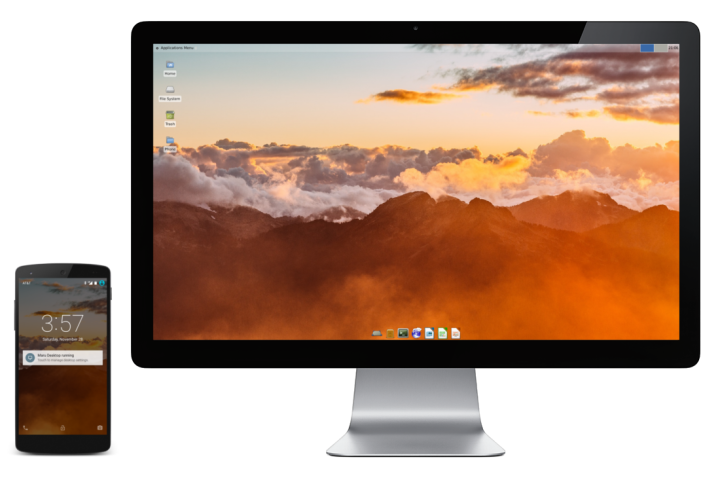
The public release of the Maru operating system brings the platform to version 0.2.3. And while this release is stable enough for everyday use, the developer warns that Maru is still in the very early stages, and could see rapid changes from here on out. That means backwards compatibility could break for a number of applications, so users are advised to back up their data and perform a fresh upgrade to the new version.
“You have the option of using either the easy installer scripts for your platform (maru-v0.2.3-installer-…), or the ROM-standard update zip (maru-v0.2.3-update-…) for flashing with a custom setup like TWRP or MultiROM,” the developer said in Wednesday’s blog.
Because Maru is a complete operating system, it will replace the Nexus 5’s Android Lollipop firmware. It currently supports both the D820 and D821 models, and additional Nexus models are planned in the near future. Non-Nexus devices will primarily be supported by the Maru community based on the open-source project. All phones must have hardware HDMI support through SlimPort or MHL, the developer said.
At first glance, Maru looks like a typical build of Android installed on the Nexus 5. However, when the device is connected to an HDTV or monitor, users will see a “rock-stable” version of Debian Linux on the external screen. That means users can install Linux-based programs like OpenOffice on their phone, and can use the local storage (16GB or 32GB) to house their data. That’s not much when compared to a notebook or desktop, but should suffice in a hotel setting.
According to the product website, when users disconnect the Nexus 5 from an external display, Maru will preserve the desktop state. That means users can essentially stop what they’re doing on the screen, go run some errands around town, and then resume right where they left off when they get home … without having to leave the phone behind and plugged in.
That said, the developer suggests that Maru users plug their Nexus 5 phone into an electrical outlet to keep it charged up, as using Maru Desktop will increase the usage of the phone’s battery. Customers are encouraged to grab a SlimPort cable with a built-in USB charging dongle, such as the supported Cable Matters Micro USB SlimPort to HDMI 6-Foot Cable offered here.
With Maru now released to the public, the developer will now focus on the open-source project itself so that the operating system can be expanded to more devices using the help of the community. Those interested in contributing to the project can head to the Google Group here and participate.
To download the latest version of Maru, head here. Users are encouraged to join the Maru forum to provide feedback, and to check out the installation guide before throwing Maru onto their Nexus 5 phones. A list of issues associated with this release can be found here, which also plays host to feature requests.


